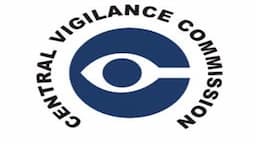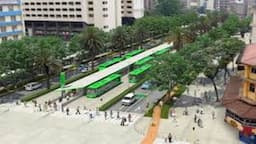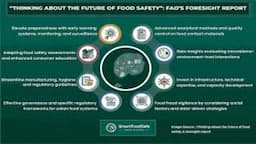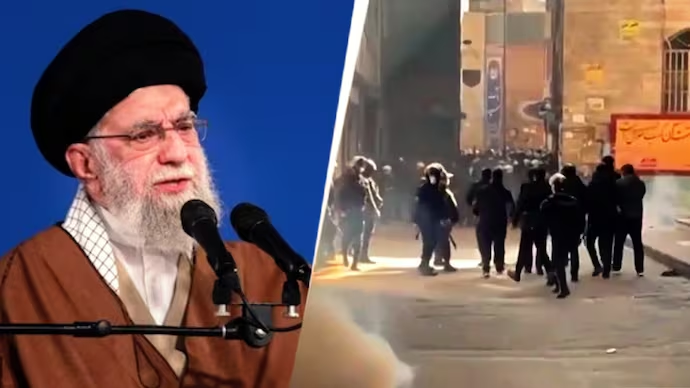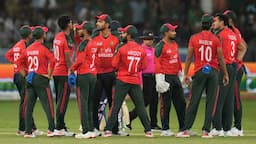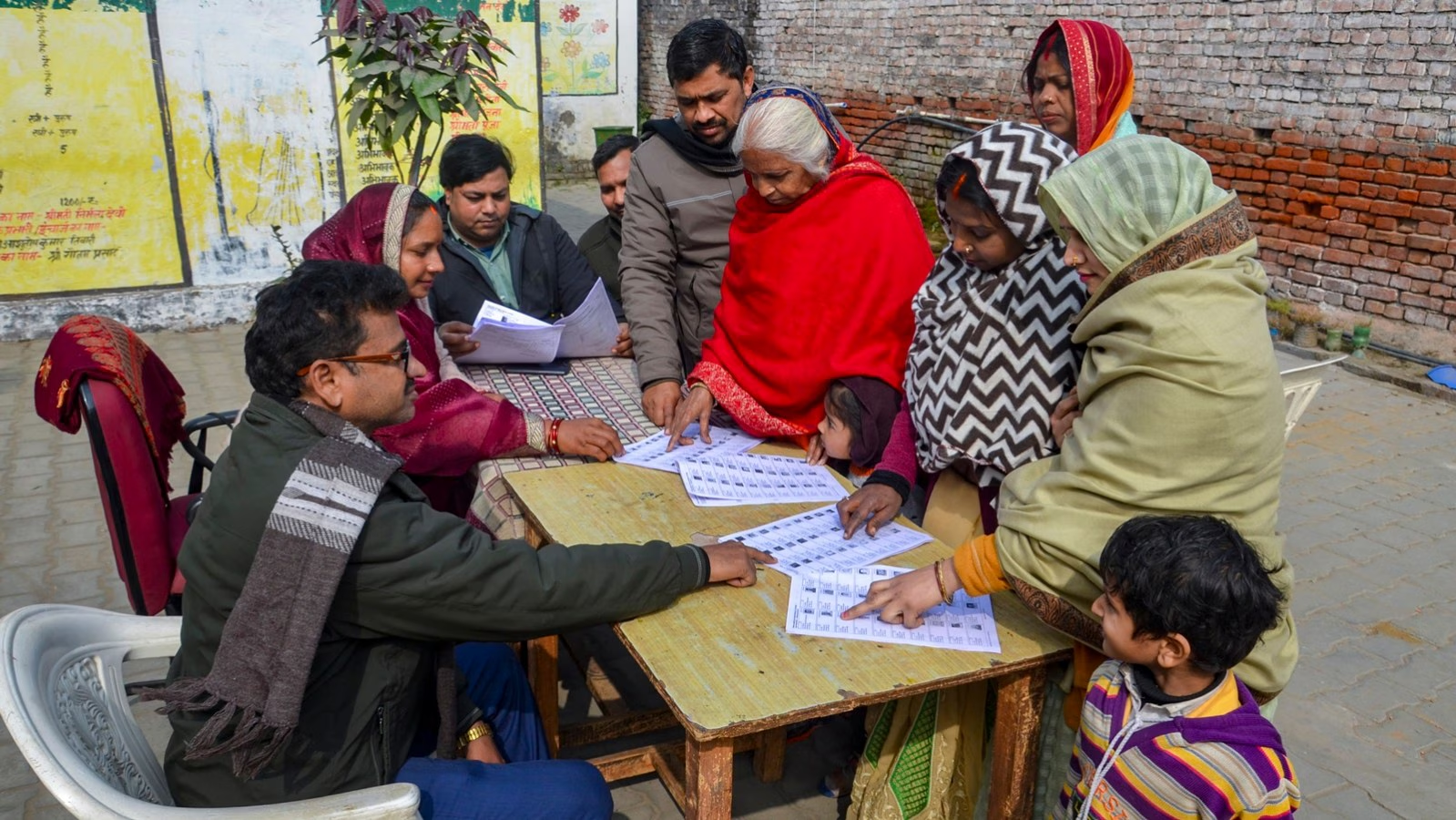As thousands violated the ban on firecrackers during Diwali celebrations, Delhi's air quality deteriorated on the morning of Nov 1.
Residents disregarded the rules until late at night as the ceaseless explosions produced excessive pollution and covered the nation's capital in thick smoke.

At 6:30 am, Delhi's Air Quality Index (AQI) jumped to 359, falling into the "very poor" category, according to real-time data from the System of Air Quality and Weather Forecasting and Research (SAFAR). On the morning of Oct 31, the AQI was at 328.
Depending on the severity of the problem, air quality is categorized into four stages: "poor" (AQI 201-300) in Stage I; "very poor" (AQI 301-400) in Stage II; "severe" (AQI 401-450) in Stage III; and "severe plus" (AQI > 450) in Stage IV.
Anand Vihar and RK Puram reported the worst AQI at 395, while the majority of the city's 40 monitoring sites continued to have AQI levels in the "very poor" range.
Other locations with "very poor" air quality included Burari Crossing (394), Sonia Vihar (392), Punjabi Bagh (391), North Campus (390), Bawana (388), Jahangirpuri (387), Rohini (385), Ashok Vihar (384), and Nehru Nagar (381).
The national capital's air quality is expected to remain in the "very poor" category (AQI 300 to 400) on Nov 1, according to the Indian Institute of Tropical Meteorology (IITM) in Pune.
Gopal Rai, the environment minister for Delhi, announced on Diwali eve that 377 teams had been established to enforce the city's firecracker prohibition.
All deputy commissioners of police (DCPs) were directed to establish specialized teams to ensure that firecrackers do not explode in their districts.

Delhi experienced its best air quality in eight years on Diwali day last year, with an average AQI of 218.
The increase in pollution levels in Delhi is often attributed to stubble burning or farm fires in nearby Haryana and Punjab, particularly during the post-harvest months of Oct and Nov.
Authorities implemented stage two of the Graded Response Action Plan (GRAP) last week due to the capital's dangerous air quality over the previous few weeks.






